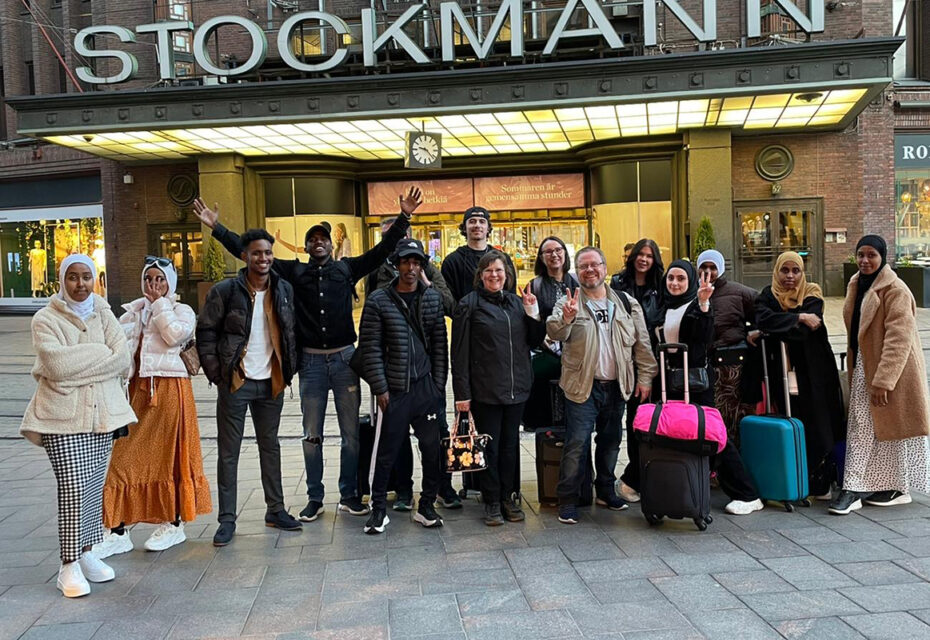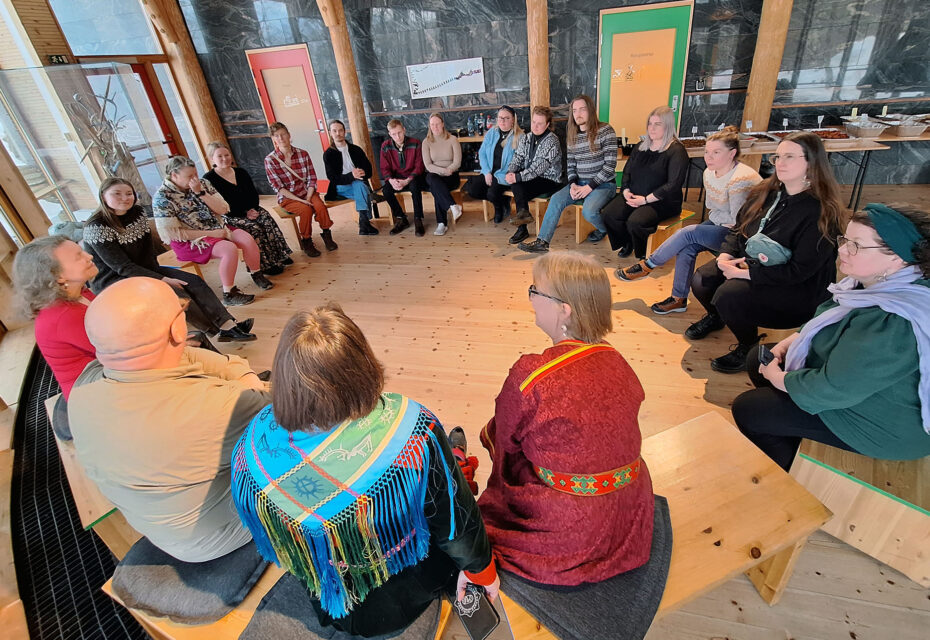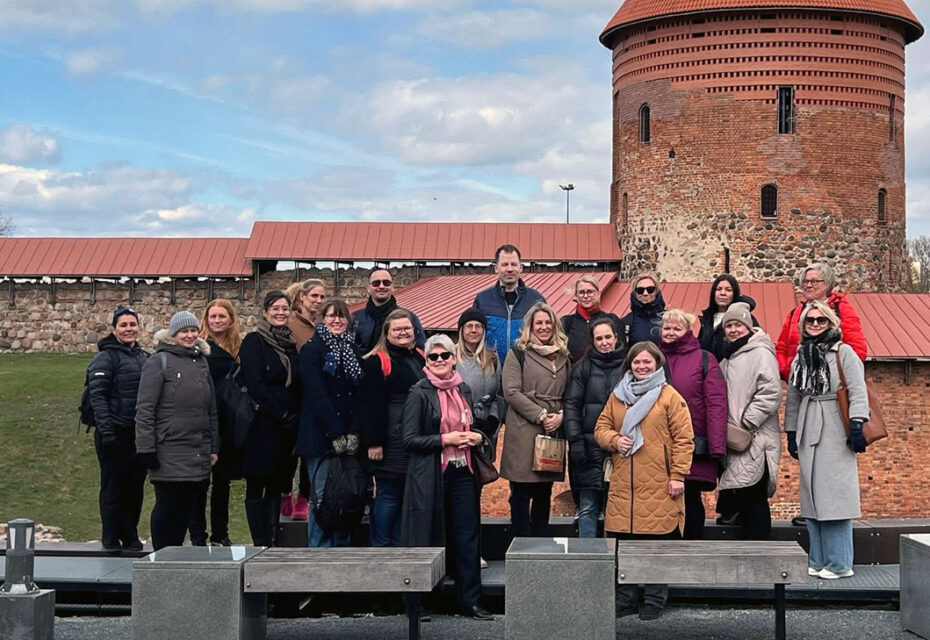FAQ
Frequently asked questions regarding the Nordplus Higher education programme.
Frequently asked questions
What is a Nordplus Higher Education network/project partnership?
- Consists of a minimum of three partners from three different Nordplus counties. One of the partners must act as coordinator.
- The coordinator must be a higher education institution authorized/accredited by national authorities.
- Each partner must have a contact person.
- A network is defined as a long-term collaboration between partner institutions comprising of one or several activities, i.e. mobility, intensive courses, development projects and joint study programmes.
- A project partnership is a time-limited (max 3 years) collaboration between partner institutions around a thematically defined project.
Which activities are supported by Nordplus Higher Education?
- Student and teacher mobility.
- Intensive courses.
- Joint study programmes.
- Development projects within higher education including curriculum development.
- Establishment of new networks and for meetings of academic staff for the development of established networks.
What costs are not accepted?
- Overheads, i.e. general unspecified costs not directly connected to the Nordplus project activities
- Purchase of office equipment (such as IT equipment)
- Costs for participants from non-Nordic and non-Baltic organisations
- Costs for activities outside the Nordic and Baltic countries
How are the funds allocated?
- The grants are allocated to the network coordinator.
- The network decides internally how the grant is distributed among the partners.
- The distribution of the grant should be based on actual costs.


